This morning there wasn't a single cloud in the sky. It wasn't that clear, though:
All of that white fluffy stuff is due to contrails. Oh, and there's a Moon in there somewhere.
Here's an interesting article about the global effects of contrails.
This morning there wasn't a single cloud in the sky. It wasn't that clear, though:
All of that white fluffy stuff is due to contrails. Oh, and there's a Moon in there somewhere.
Here's an interesting article about the global effects of contrails.
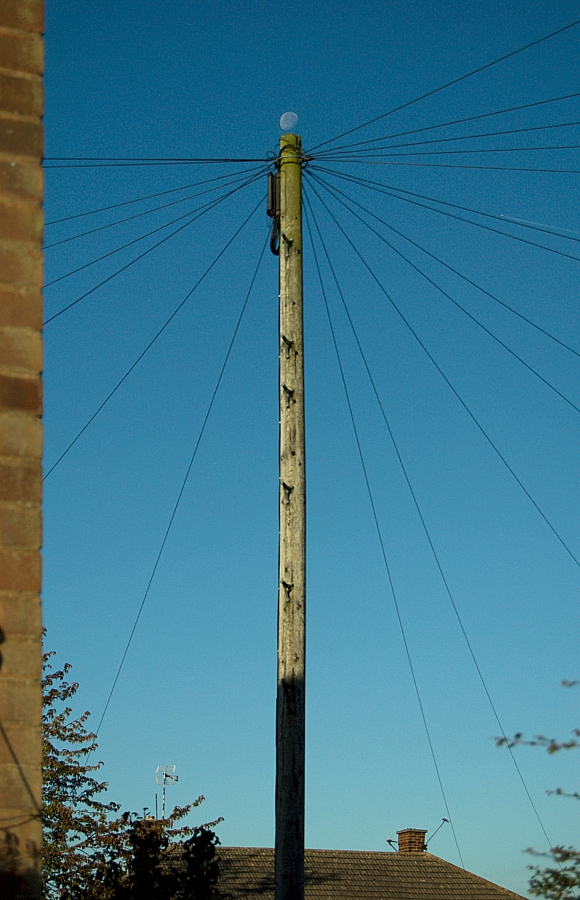
I refer the honourable reader to the post that I prepared some time ago - https://beardedgit.com/?p=436
Schrödinger:

Kepler:
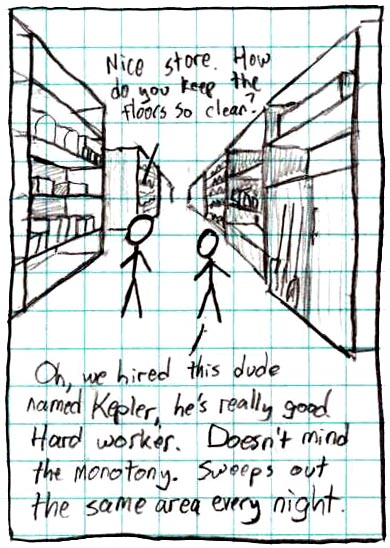
Centrifugal Force:
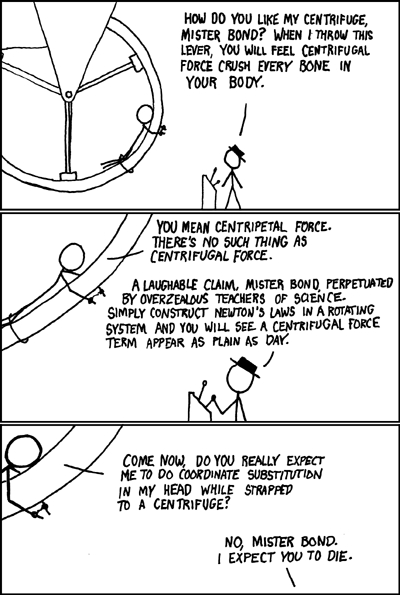
Gravitational Mass:
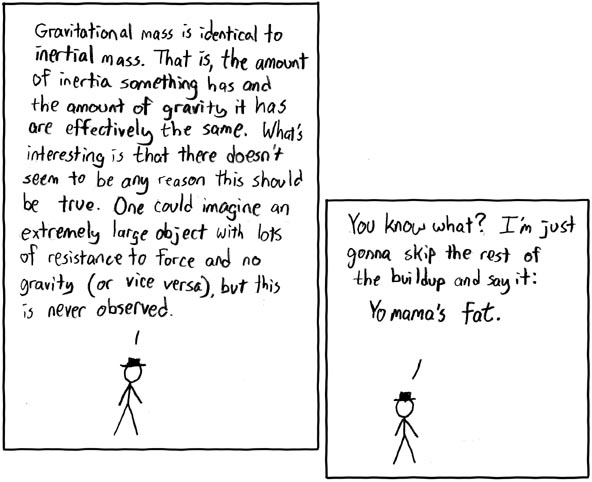
For more stuff like this, start at http://xkcd.com/1/
The Moon at its most glorious time - Lunar light on silver-lined clouds.
Words and pictures by Anna.
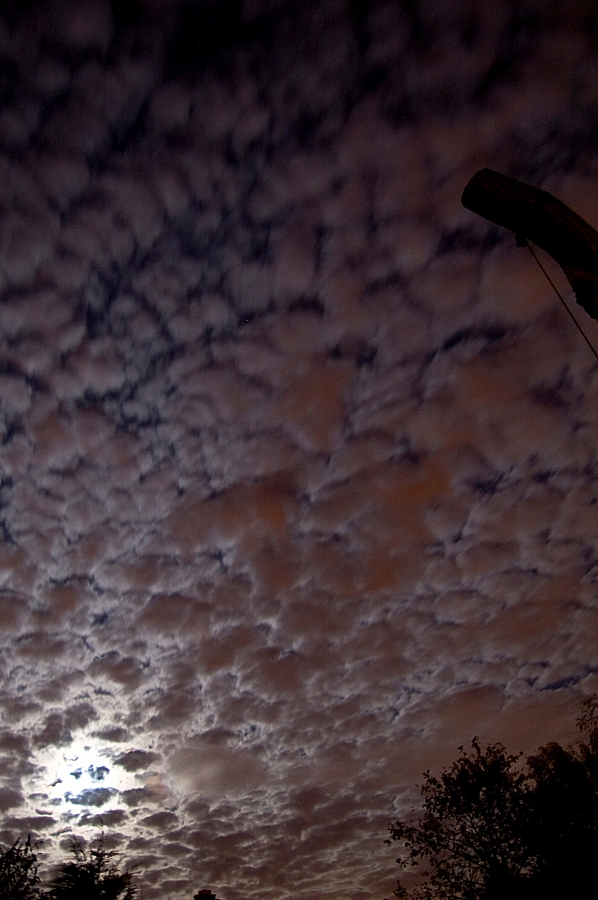
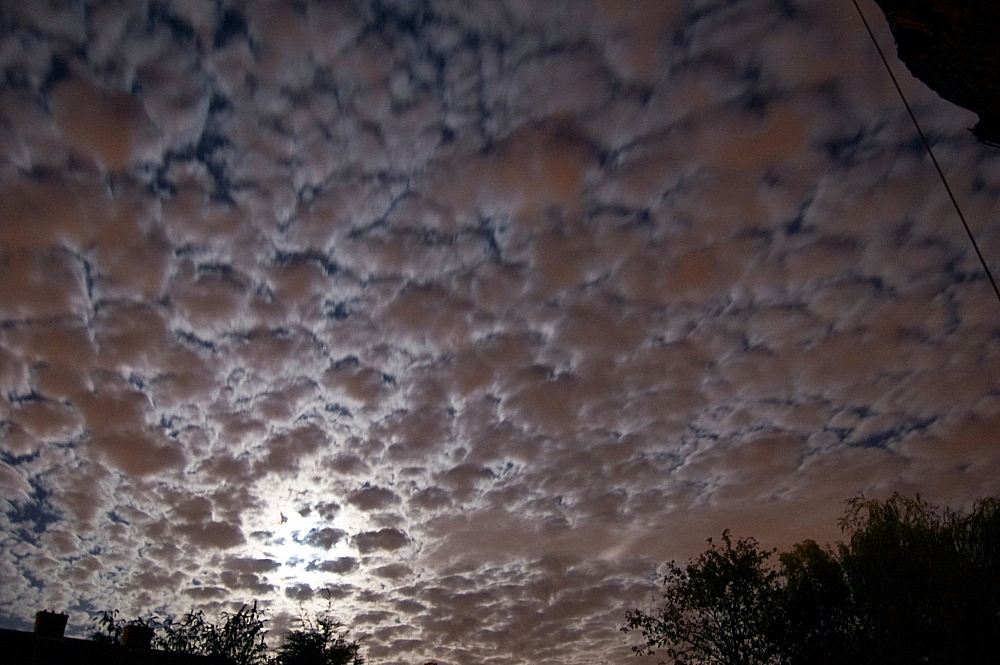
The last quarter of the year promises to be good for meteor viewing. Most of the major showers coincide with favourable Moon phases, so the chances of dark skies are fairly high. For those with an interest in such things, here's a quick "what, when and where" for the rest of the year, based on several info sources:
The Draconids (DRA) will be on show from the 6th to the 10th of October, with peak activity on the 8th at 16:40, and the possibility of some other minor peaks. Expect variable rates, previous storm rates have been up to 500/hour. They're slow-moving things at 20km/s, so they should be easy to identify. The waning Moon rises at 19:18, so there's some time to see what's about before things get too bright. The Draconids are associated with comet 21P/Giacobini-Zinner.
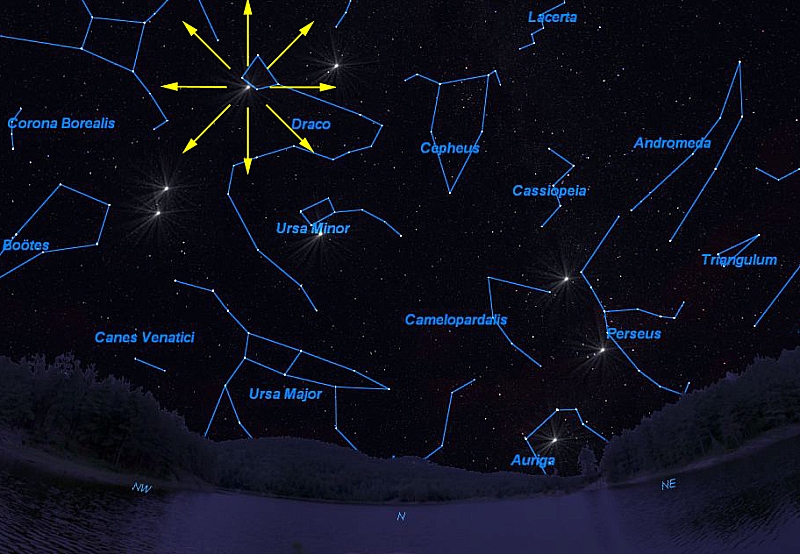
The Draconid radiant
The Orionids (ORI) are active for over a month (from the 2nd of October to the 7th of November) with a broad peak of activity on the 21st of October. That said, there is the possibility of several minor peaks around that date. Rates of about 30/hour are expected, although previous years have seen rates of up to 70/hour. These move a bit quicker at 66km/s but most of them are are faint and therefore difficult to catch on camera. The Moon sets at 18:25 and so won't be a problem. The Orionids are associated with comet 1P/Halley.
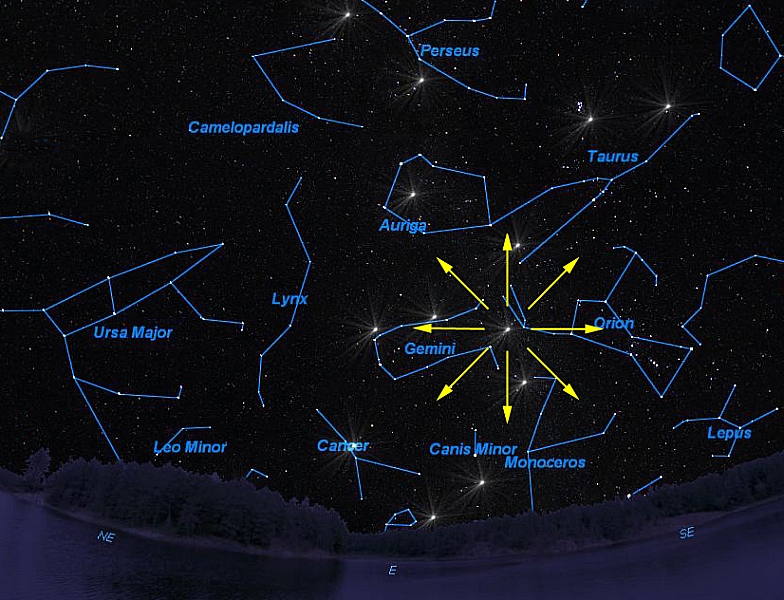
The Orionid radiant
The Leonids (LEO) are on the go from the 10th to the 21st of November, with several peaks expected around the major one at 15:10 on the 17th. Rates for this shower are high (>100/hour) with some researchers predicting brief periods with storm rates of >1000/hour, so this is one to watch, especially with there being no moonlight to contend with! With a speed of 71km/s these are the fastest meteors and they produce long, bright and often colourful trails which are easy to catch on camera. The Leonids are associated with comet 55P/Tempel-Tuttle.

The Leonid radiant
The Alpha-Monocerotids (AMO) could be good this year. The shower lasts from the 15th to the 25th of November with peak activity on the 21st at 15:25. Rates are usually poor at only <10/hour, but short-duration storm-rates of >400/hour have been observed. AMO meteors speed along at 65km/s. The Moon sets at 19:48 and so won't be a problem late on, but could be a hindrance before that.

The Alpha-Monocerotid radiant
The Geminids (GEM) are active between the 7th and the 17th of December, peaking on the 14th at 05:10. Peak rates are generally high and reliable at 120/hour, and the meteors are bright and slow at 35km/s, producing fireballs with bright colours. Ever reliable, this is another event not to be missed. Again, there's no moonlight to spoil the show. The Geminids are associated with asteroid 3200 Phaethon.

The Geminid radiant
The Ursids (URS) will be on show from the 17th to the 29th of December. They are at max on the 22nd with peak rates of only 10/hour, although rates of up to 50/hour have been noted. Speeds are low at 33km/s and the meteors are faint. The Moon sets at 22:14 and so will need to be worked around, assuming that you're not too busy wrapping pressies, visiting relations or getting smashed at the office party. The Ursids are associated with comet 8P/Tuttle.

The Ursid radiant
E. & O. E.
---oooOOOooo---
I should point out that I've only covered the best few meteor events that are visible from the top half of the world. For a full list, you should refer to the IMO Working List of Visual Meteor Showers.
---oooOOOooo---
If you're going out to observe these things, the standard common-sense rules apply. I've stated some guidelines elsewhere on this blog, but there's no harm in posting a revised set here:
Have fun!
I'd not planned to go out observing, but there was an hour or so of cloudless sky yesterday evening and I had a little time to spare. This was an opportunity to sky-test the Nikon AF-S DX NIKKOR 35mm f/1.8G lens to assess how well it is suited to taking widefield pics of the night sky.
In particular I was looking to see:
The challenges would be to see if I could find a reasonable exposure time, get a small number of images for stacking, and then process-out the vignetting, star-trailing and any light-pollution.
Jupiter was in the southern sky so I pointed the camera at it to get the autofocus set. I then turned off the autofocus and fixed the position of the lens focus ring by the judicious application of duct-tape.
Next, I pointed the camera at the Cassiopeia / M31 Andromeda area and took a few test-frames of various durations. Eventually I settled on an exposure duration of 30 seconds and took 12 pics.
These were stacked in DSS and hurriedly processed in PSCS3, and here's the result:
Mouse-over the pic for details, click it for a bigger pic.
I have to say that I'm quite impressed with the raw images that this lens produced. Shooting with the aperture wide open captured a lot of light, and for a change I had to tone down the details rather than go through the usual routine of having to drag the details out of the murk. I'm damned if I can find any coma in the raw frames, which means that there'll be no need to crop off any bad areas. The expected vignetting was dealt with in PSCS3, the compensation isn't perfect but to be fair I've only done a quick fix, no doubt I could get it better if necessary. The amount of star-trailing was acceptable, and I'm confident that I could get it processed out if necessary and if I had enough time.
And the framing? I'm happy with it for targets the size of Cassiopeia, but the capture-area might be a tad small for meteor-work. Time will tell - between now and the end of the year there will be plenty of opportunities for snapping a few meteor trails (more on that in another post very soon (but don't hold your breath)).